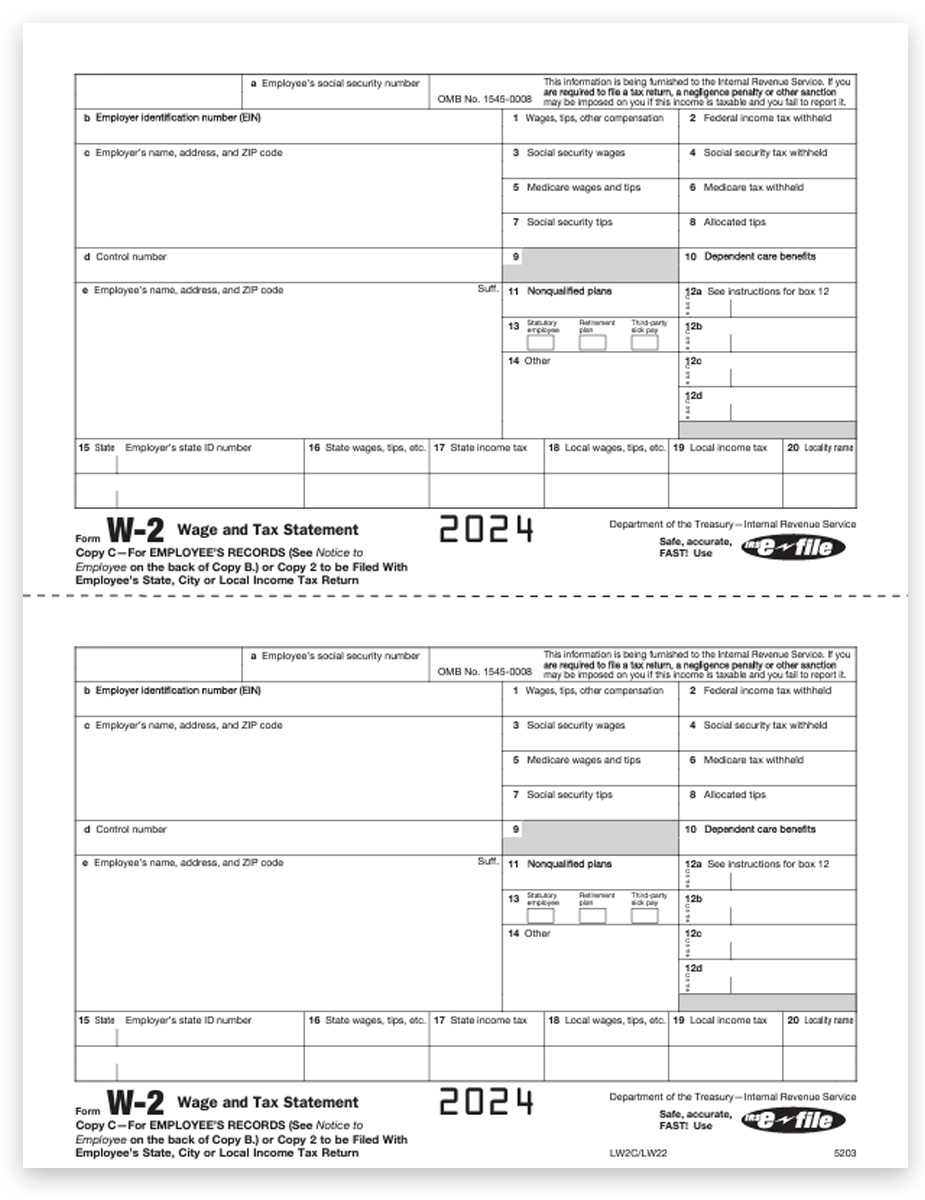Essential Techniques for Finding Critical Points in Calculus
Understanding the concept of critical points is fundamental in calculus as it directly relates to function analysis, optimization problems, and the overall behavior of mathematical functions. Critical points provide insight into local maxima and minima, which are vital for solving various real-world problems. The ability to determine these points is a skill crucial for students and professionals alike. In this article, we will explore effective methods for finding critical points in 2025, including graphical analysis, the first and second derivative tests, and common derivative mistakes to avoid.
As we delve deeper into the exploration of critical points, we will discuss the importance of stationary points, behavior near these points, and how they relate to limits and continuity. We aim to present a roadmap for mastering critical point analysis through practical examples and actionable techniques. By the end of this article, readers will have a robust understanding of how to apply these concepts in calculus and beyond.
Key takeaways from this discussion include a clear grasp of critical values, differentiation techniques, and their application in optimization scenarios.
Understanding Critical Points and Their Importance
Critical points are defined as points on the graph of a function where the derivative is either zero or undefined. These points are crucial as they help identify where a function changes from increasing to decreasing or vice versa, indicating potential local maxima or minima. The significance of these points cannot be overstated, as they often correspond to optimal solutions in various applications, from economics to physics.
To determine critical points, the first step is to find the first derivative of the function. By setting the derivative equal to zero, one can find the critical numbers that indicate potential turning points. It's also important to consider points where the derivative does not exist, as these can also signify significant changes in the behavior of the function.
For example, the function f(x) = x^3 - 3x presents critical points derived from its derivative, f'(x) = 3x^2 - 3, which when set to zero gives critical numbers at x = -1 and x = 1. These critical points then warrant further analysis to ascertain their nature, either as a maximum or minimum value.
 example.com/image2.png
example.com/image2.png
Employing the First Derivative Test
The first derivative test is a crucial tool in analyzing the nature of critical points. By evaluating the sign of the derivative before and after a critical point, one can determine whether the function is increasing or decreasing in those intervals, thus revealing the behavior of the function at that point.
Here’s a step-by-step process to apply the first derivative test:
- Identify the critical points by setting the derivative to zero.
- Choose test points in each interval around the critical numbers.
- Evaluate the derivative at these test points.
- Analyze the sign changes: if the derivative changes from positive to negative, you have a local maximum; if it changes from negative to positive, you have a local minimum.
This technique is practical for functions where graphical interpretation may not be easily achievable. Importantly, understanding the monotonicity of a function through the first derivative is vital for effective calculus problem-solving.
Utilizing the Second Derivative Test
For added confidence in identifying maximum and minimum points, the second derivative test can be employed. This test provides further verification of the critical points identified previously, offering insights into the concavity of the function.
To implement the second derivative test, follow these guidelines:
- Calculate the second derivative of the function.
- Evaluate the second derivative at the identified critical points.
If the second derivative is positive at a critical point, it indicates that the function is concave up, suggesting a local minimum. Conversely, if it is negative, it indicates concave down, suggesting a local maximum. If the second derivative equals zero, the test is inconclusive, and further analysis is required.
 example.com/image3.png
example.com/image3.png
Graphical Interpretation and Analysis of Critical Points
Graphical analysis is a powerful method to visualize critical points and better understand the behavior of functions. By plotting the function graphically, one can visually ascertain the extremities and assess the characteristics of critical points effectively.
Through technologies such as graphing calculators or computer algebra systems, students can visualize the behavior of functions, including identifying turning points and inflection points clearly. Analyzing the function graph allows for an intuitive understanding of how critical points influence the function's behavior, which is especially useful for learning and teaching calculus.
Additionally, performing a graphical analysis can highlight common errors in evaluating derivatives or misunderstanding function behavior, facilitating a clearer learning experience for students.
Practical Applications of Finding Critical Points
The applications of finding critical points extend beyond theoretical mathematics. In fields ranging from economics to engineering, understanding how the behavior of functions influences optimization problems is essential. For instance, maximizing revenue or minimizing costs can often hinge upon finding these critical points and understanding their placements in relation to the business context.
Consider a manufacturer looking to minimize production costs. By utilizing calculus to analyze cost functions and identifying critical points where cost becomes minimal, significant financial advantages can be achieved. This application showcases the practicality of calculus in real-life scenarios.
Moreover, in data analysis and machine learning, optimization techniques rely heavily on understanding and applying critical point analysis for model training and accuracy assessment.
Common Mistakes in Identifying Critical Points
Despite the straightforward concept of critical points, learners often trip over some common pitfalls during the identification process. Recognizing and avoiding these mistakes is key for success in calculus.
One common error is overlooking critical points where the derivative is undefined. These points can often yield important insights into the function's behavior, similar to where the derivative equals zero. Additionally, failing to analyze intervals around critical points can lead to incorrect conclusions about maxima and minima.
Furthermore, neglecting to verify findings with the second derivative test can result in misidentified critical points. It’s essential to ensure that both first and second derivative tests are utilized to enhance analysis accuracy. Taking these precautions will facilitate a robust understanding of critical points in calculus.
FAQs on Finding Critical Points
1. What are critical points, and why are they important?
Critical points occur when the derivative of a function is zero or undefined. They are vital for identifying local maxima and minima, which are essential for optimization problems in various fields.
2. How do I find critical points for a function?
To find critical points, take the derivative of the function, set it equal to zero, and solve for the variable. Also, check for points where the derivative does not exist.
3. What is the difference between local maxima and minima?
Local maxima are points where the function reaches a peak compared to nearby values, while local minima are where the function reaches a trough.
4. How can I verify the nature of a critical point?
You can use the first derivative test or the second derivative test to determine whether a critical point is a maximum, minimum, or neither.
5. Why is graphical analysis useful in finding critical points?
Graphical analysis helps visualize the function's behavior, making it easier to identify critical points and understand their implications.
```